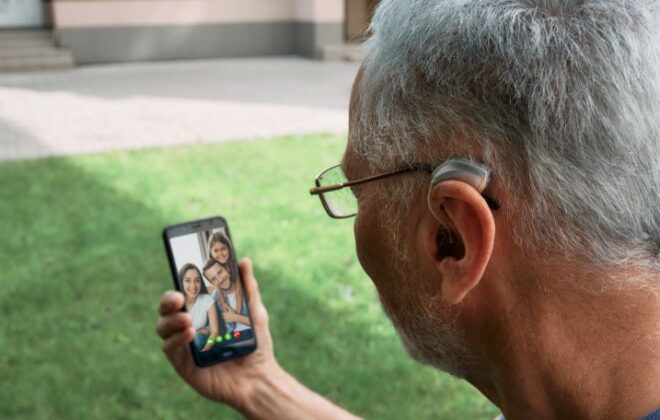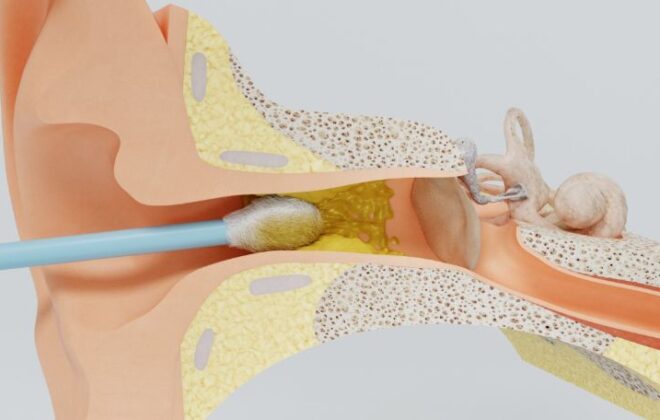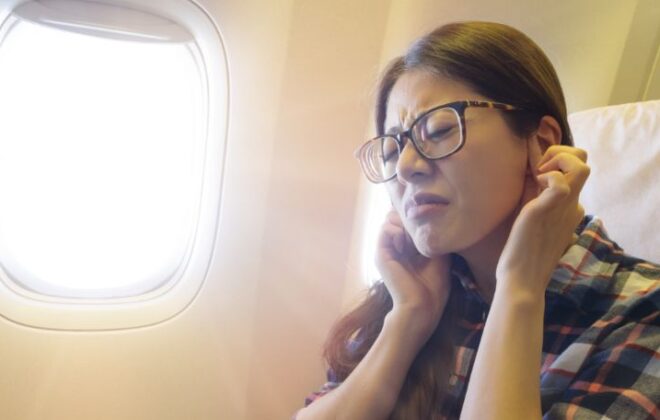Understanding Misophonia and Managing Trigger Sounds
Do certain sounds, like someone chewing or tapping their fingers, make you feel unreasonably angry or anxious? You may be experiencing misophonia, a condition that affects how the brain processes certain sounds.
Misophonia can make everyday situations, like sharing a meal with someone or working in a noisy office, incredibly challenging and overwhelming.
Whether you’re someone who experiences misophonia yourself or you know someone who does, understanding more about this condition can help you navigate its impact on your life or the lives of those around you.
Misophonia is a condition where certain sounds trigger a strong emotional or physical response, such as anger, anxiety, or the urge to flee. These trigger sounds can vary between individuals, but commonly include things like chewing, breathing, tapping, or sniffling. Misophonia is thought to be a neurological disorder.
If you’re experiencing symptoms of misophonia, it’s important to talk to a healthcare professional. While misophonia is not a recognized medical condition in all countries, a mental health professional can help evaluate your symptoms and recommend appropriate treatment options.
When to consult a doctor?
Here are some signs that it may be time to talk to a doctor about your misophonia:
You’re experiencing significant distress or impairment in your daily life due to your reaction to trigger sounds.
You’re avoiding social situations or changing your behavior to avoid trigger sounds.
You’re experiencing emotional symptoms like anxiety, depression, or anger related to your misophonia.
You’re having difficulty concentrating or functioning at work or school due to your reaction to trigger sounds.
You’re experiencing physical symptoms like headaches, muscle tension, or an elevated heart rate in response to trigger sounds.
Remember, a qualified healthcare professional can help evaluate your symptoms, provide a diagnosis, and recommend appropriate treatment options to improve your quality of life.
Management of misophonia
Currently, there is no known cure for misophonia, but there are several strategies that can help manage the symptoms and reduce the impact on daily life. Here are some options to consider:
Cognitive Behavioral Therapy (CBT): Cognitive Behavioral Therapy (CBT) is a form of psychotherapy that focuses on identifying and modifying negative thinking patterns and behaviors in individuals. A trained therapist can help individuals with misophonia learn coping mechanisms and relaxation techniques to reduce the intensity of their reactions to trigger sounds.
Sound therapy: Sound therapy involves the use of white noise or calming sounds to reduce the impact of trigger sounds. This can be done through the use of earplugs, headphones, or sound machines that play soothing sounds like ocean waves or rain.
Medication: In some cases, medication may be prescribed to help manage the symptoms of misophonia. This can include anti-anxiety medications or selective serotonin reuptake inhibitors (SSRIs) which can help regulate mood and emotions.
Avoidance: While it’s not always possible to avoid trigger sounds completely, some people find that minimizing exposure to certain sounds can help reduce the intensity of their reaction. This may involve wearing earplugs or noise-cancelling headphones in certain situations, or making adjustments to daily routines to avoid trigger sounds.
Mindfulness and relaxation techniques: Practices like meditation, deep breathing, or yoga can help individuals with misophonia manage their emotional reactions to trigger sounds and reduce stress and anxiety levels.
It’s important to note that what works for one person may not work for another, and finding the right combination of strategies may take time and experimentation. Working with a qualified healthcare professional can help identify the best approach for managing misophonia symptoms and improving quality of life.




